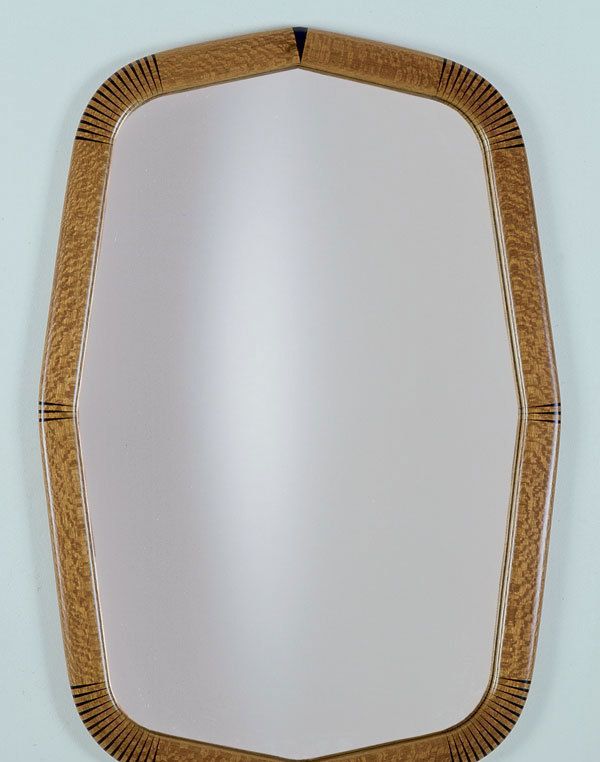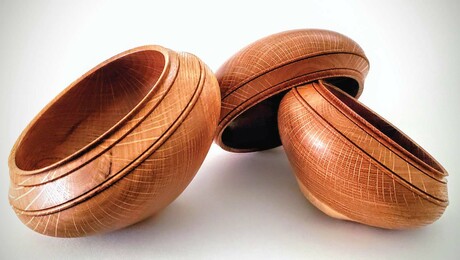A Short History of Mirrors

The usual term for a mirror until recently was a looking-glass, even though early mirrors were typically made of polished metal. Glass production developed slowly and did not become common until the 18th century. Consequently, early mirrors were both relatively small and extremely costly.
Medieval hand mirrors, known as toilet mirrors, of polished steel or pewter were commonly set in frames of ivory or gilded and carved wood, as were mirrors made of crystal, sometimes convex and hung from the ceiling, fixed on a wall, or even mounted on a stand.
As glassmaking improved in the 17th century, production was frequently jealously protected by monopolies, patents, and import/export restrictions, but inexorably the size and quality of mirrors improved, and with this the increasing elaboration of the frames made to contain them.
Wall mirrors reflected (no pun intended) the styles of the day, progressing from simple carved frames, to frames inlaid with ivory and tortoise shell, to the fantastically shaped, carved, and gilded examples of the Baroque and Rococo periods.
Towards the end of the 17th century, production had improved to the point that mirrors were often made in conjunction with the surrounding wall paneling, of which they frequently formed an integral part, especially in the case of large, often multi-part, overmantel mirrors. As fashions changed in the 18th century, free-standing mirrors that included painted panels made to rest on the mantel shelf, replaced built-in overmantel mirrors, but long pier glasses designed to fill the wall space between windows remained popular, often accompanied by a console table below.
Another form that resurfaced in the 18th century was the toilet mirror, this time often mounted in a frame supported on top of a small box, sometimes fitted out like a small slope-fronted desk box. Inevitably, the portable toilet mirrors acquired larger stands and became more fixed, developing into the contemporary dressing table.
One last type that deserves to be mentioned is the full-length, free-standing and angle-adjustable cheval mirror, originally known as a dressing mirror.
Graham Blackburn is a furniture maker, author, and illustrator, and publisher of Blackburn Books (www.blackburnbooks.com) in Bearsville, N.Y.
Fine Woodworking Recommended Products

Suizan Japanese Pull Saw




















Log in or create an account to post a comment.
Sign up Log in